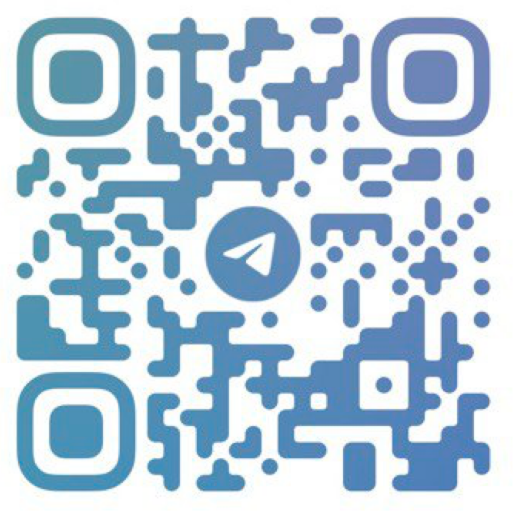Blockchain Inscription: A Digital Bridge for Information Preservation and Future Insights
Blockchain Inscription: A Digital Bridge for Information Preservation and Future Insights
Introduction
In the digital era, blockchain technology is increasingly becoming a driving force across various industries. Its decentralized nature, security features, and transparency have led to widespread applications in finance, supply chain, healthcare, and more. As blockchain technology evolves, its potential for information preservation and legacy is being recognized. Against this backdrop, the concept of blockchain Inscription emerges as a novel solution for protecting, recording, and passing down information like never before.
Blockchain Inscription is not merely a technological application; it signifies a reverence for history, culture, and knowledge. By integrating the strengths of blockchain technology with the imperative need for information preservation, it pioneers a new approach to information inheritance. By permanently and immutably recording information on the blockchain, blockchain Inscription creates a digital bridge that seamlessly connects the physical world with the digital realm. This concept is not just an innovation in technology; it signifies a value for cultural heritage and knowledge, opening the door to exploring the future.

Overview of Blockchain Epigraphy
Blockchain Inscription, as a concept, involves recording information on the blockchain in a permanent and tamper-proof manner. This implies that once information is recorded, it cannot be altered or deleted, ensuring reliability and authenticity. Anchoring information onto the blockchain, blockchain Inscription introduces a novel method for protecting and passing down information, overcoming potential issues of data tampering or loss that traditional databases might face.
This concept holds vast potential across numerous domains. In the realm of cultural heritage, blockchain Inscription can safeguard and record precious historical and cultural assets, ensuring their enduring existence. In the digital art sector, it bestows digital creations with heightened scarcity and authenticity, safeguarding artists' works. Furthermore, blockchain epigraphy can also find application in intellectual property protection, ensuring the originality and rights of innovative achievements.
In essence, blockchain Inscription provides a secure means of storing and transmitting information while demonstrating its potential impact on various fronts, such as culture, art, and knowledge. Leveraging its tamper-proof nature, it presents a new paradigm for information protection and inheritance, empowering us to better preserve and pass down vital information in the digital age.
Principles of Blockchain Epigraphy
The core concepts of blockchain technology encompass distributed ledgers and decentralization, ensuring data security, transparency, and fairness. Distributed ledgers disperse data storage across multiple nodes to mitigate single-point failures, while decentralization eliminates central control, guaranteeing network fairness and transparency.
Moreover, blockchain technology underscores security, transparency, and immutability. By employing cryptography and distributed mechanisms, data is shielded against attacks, with all actions visible within the network; once information is recorded, it remains unchangeable. These features form the bedrock of blockchain's role in information protection and transmission, providing solid support for blockchain Inscription.
Credibility and Longevity of Information Preservation
The credibility and longevity of information preservation are pivotal aspects of blockchain Inscription, stemming from the immutability and distributed nature of blockchain technology. Once information is recorded on the blockchain, it becomes unalterable, ensuring the integrity and credibility of information. As a result, anyone can verify preserved content, as its completeness is assured, immune to disruption or tampering.
For instance, in the realm of digital art, blockchain epigraphy can guarantee the authenticity and scarcity of artworks. Once artwork details are recorded on the blockchain, artists and collectors can easily verify its authenticity, thwarting counterfeiting and forgery. Similarly, crucial historical documents can be preserved through blockchain epigraphy, maintaining their original state despite the test of time. The immutability on the blockchain ensures these records remain unaltered, contributing to the continuity of culture and knowledge.
In conclusion, blockchain Inscription leverages the immutability and distributed nature of blockchain technology to offer a reliable solution for the credibility and longevity of information preservation. It heralds fresh opportunities for information inheritance in domains such as digital art and historical records, ensuring that vital information continues to be accessible and verified.
Potential Applications of Blockchain Epigraphy
Blockchain Inscription holds significant potential across domains such as digital asset management, cultural heritage preservation, and intellectual property protection. Its immutability, transparency, and verifiability contribute to its versatility. A brief analysis of potential applications includes:
Digital Asset Management: Blockchain Inscription revolutionizes digital asset management by ensuring the credibility of digital assets. By recording digital asset information on the blockchain, their origin, ownership, and historical data are authenticated. This is especially valuable in digital art, music, and virtual item domains, endowing digital creations with increased value and scarcity. Artists and creators can use blockchain epigraphy to verify their creations' originality, securing their rights in the digital realm.
Cultural Heritage Preservation: Blockchain Inscription safeguards and preserves cultural heritage by recording historical artifacts and ancient manuscripts on the blockchain. This prevents tampering and damage, ensuring long-term conservation of cultural heritage. It provides credible data sources for researchers and historians, fostering cultural heritage preservation.
Intellectual Property Protection: In the field of intellectual property, blockchain Inscription safeguards the originality and rights of innovative achievements. By recording patent information, inventions, and research outcomes on the blockchain, authenticity is assured, reducing the risk of plagiarism or infringement. This safeguards innovators while encouraging knowledge sharing.
To conclude, blockchain Inscription potential applications span digital asset management, cultural heritage preservation, and intellectual property protection. By enhancing the value and scarcity of digital assets, cultural heritage, and knowledge, blockchain Inscription facilitates the protection and inheritance of essential information across diverse domains, fostering innovation and development in the digital age.
Conclusion
In summary, blockchain Inscription, with its tamper-proof nature, presents new horizons for information preservation. It plays a pivotal role in cultural heritage, digital art, and knowledge protection, ensuring credibility and long-term retention. As technology progresses, blockchain Inscription is poised to make innovative strides across various sectors, shaping the future of the digital era.
Please specify source if reproducedBlockchain Inscription: A Digital Bridge for Information Preservation and Future Insights | CoinNav- Blockchain Trading Starts Here

